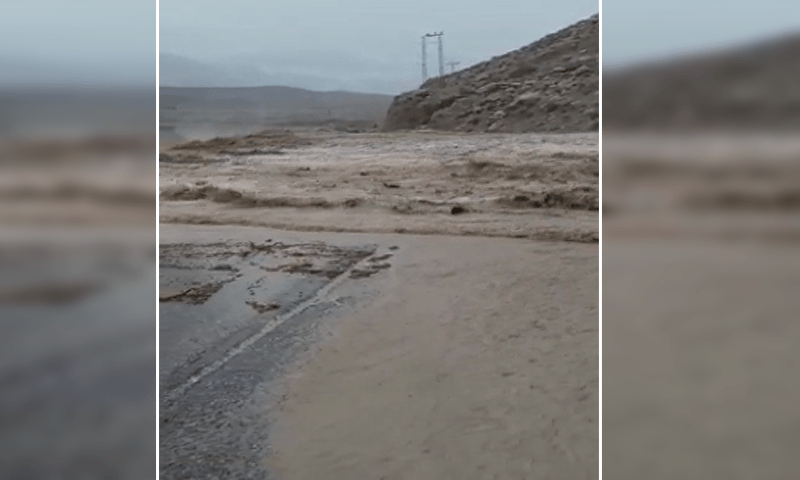India has designed a top secret weapon, KALI
India has designed a top secret weapon, KALI, which will be an answer to any uninvited missile aimed to disturb the peace of India. KALI stands for Kilo Ampere Linear Injector. The weapon is designed so that it can be used to destroy missiles and aircrafts through soft-kill.
It has been developed by the Defence Research Development Organization (DRDO) and the Bhabha Atomic Research Centre (BARC). The project was initially started for industrial purposes but its various abilities helped in making it a powerful weapon.Facts you should definitely know about the weapon:
The Kali project was first initiated by the then Director of the Bhabha Atomic Research Centre (BARC), Dr. R. Chidambaram in the year 1985
Work on the project began in 1989
The project was initially developed for industrial applications. Its use as a defence weapon was later suggested by the designers of the project
The KALI series which are KALI 80, KALI 200, KALI 1000, KALI 5000 and KALI 10000 are described as 'Single Shot Pulsed Gigawatt Electron Accelerators'
The single shot devices use water filled capacitors to build the charge energy
It has been reported that the project's potential as a defence weapon has made it a threat for China
The beams from the weapon can shatter any satellite and UAVs in no time
Its ability to emit powerful pulses of electrons and the conversion of electron energy into E.M. Radiation fuelled the hopes that the KALI could be used in a High-Power Microwave gun
The X-Rays emitted by it are being used as an illuminator for ultrahigh speed photography
Electronic components currently used in project can withstand fields of approximately 300 volt per centimetre
The Relativistic Electron Beams (REB) can be used for the generation of High Power Microwaves (HPM) & Flash X Rays (FXR).



Comments
Post a Comment